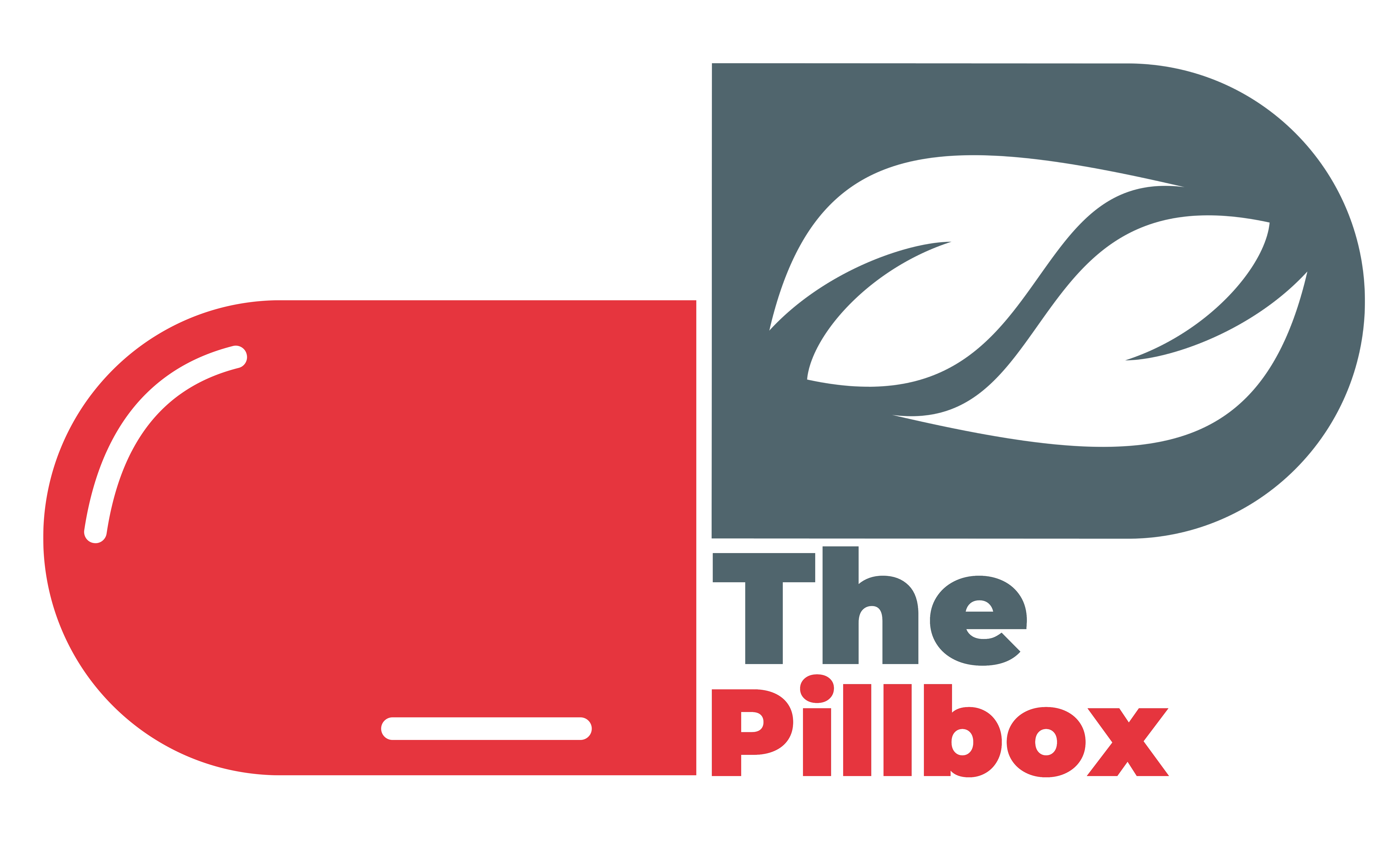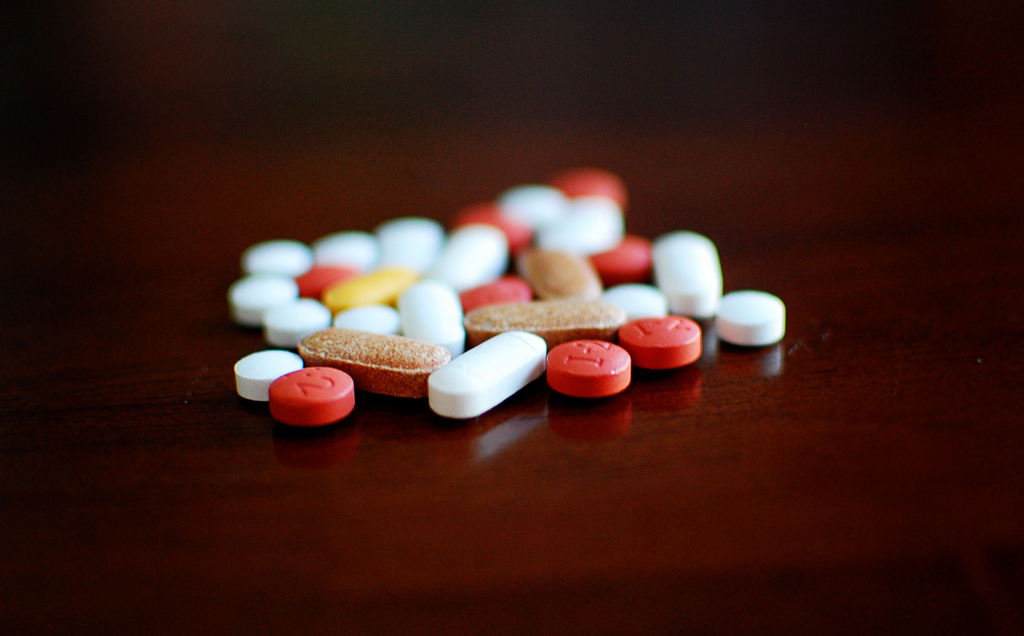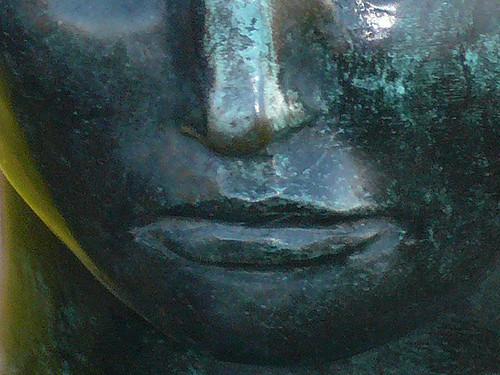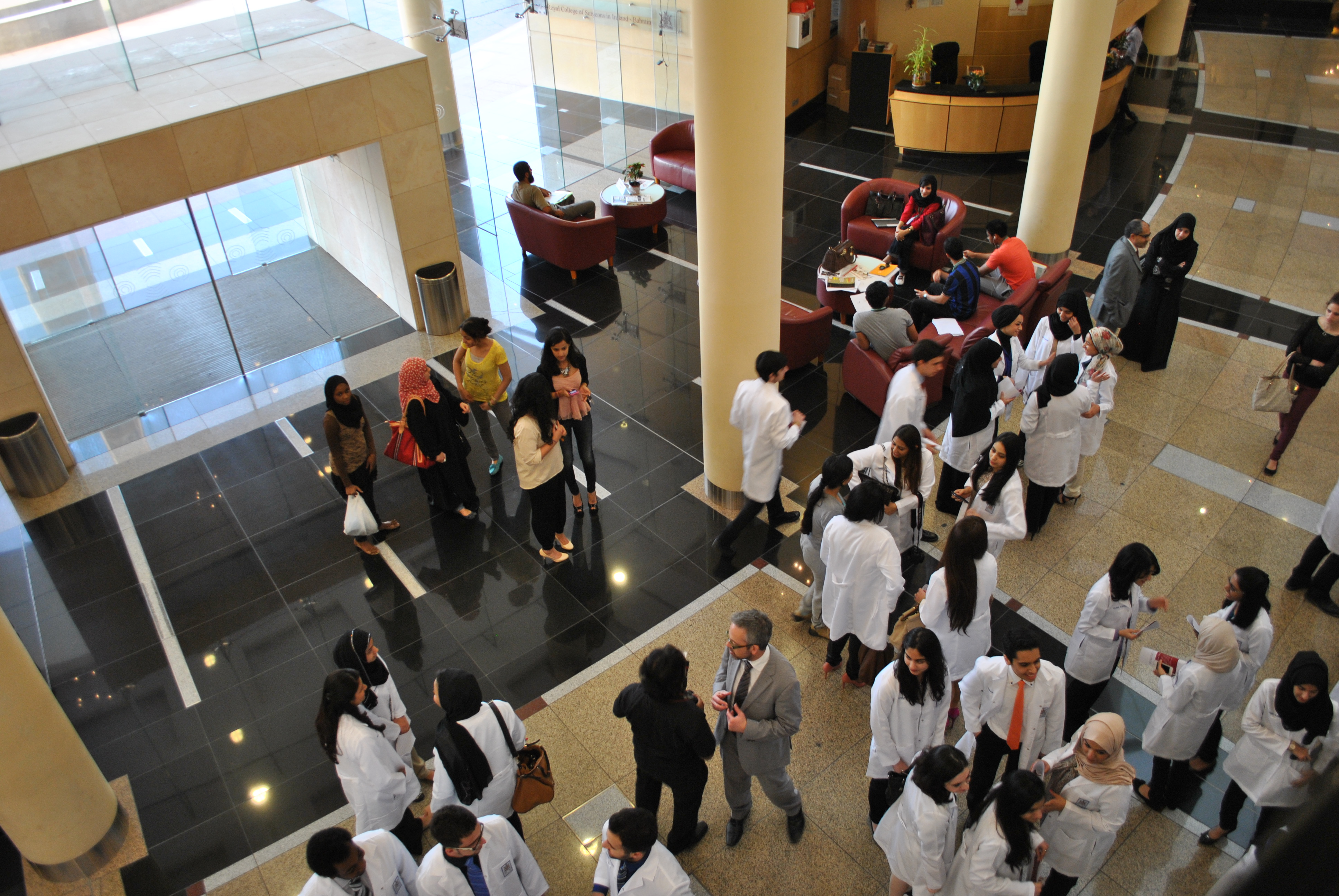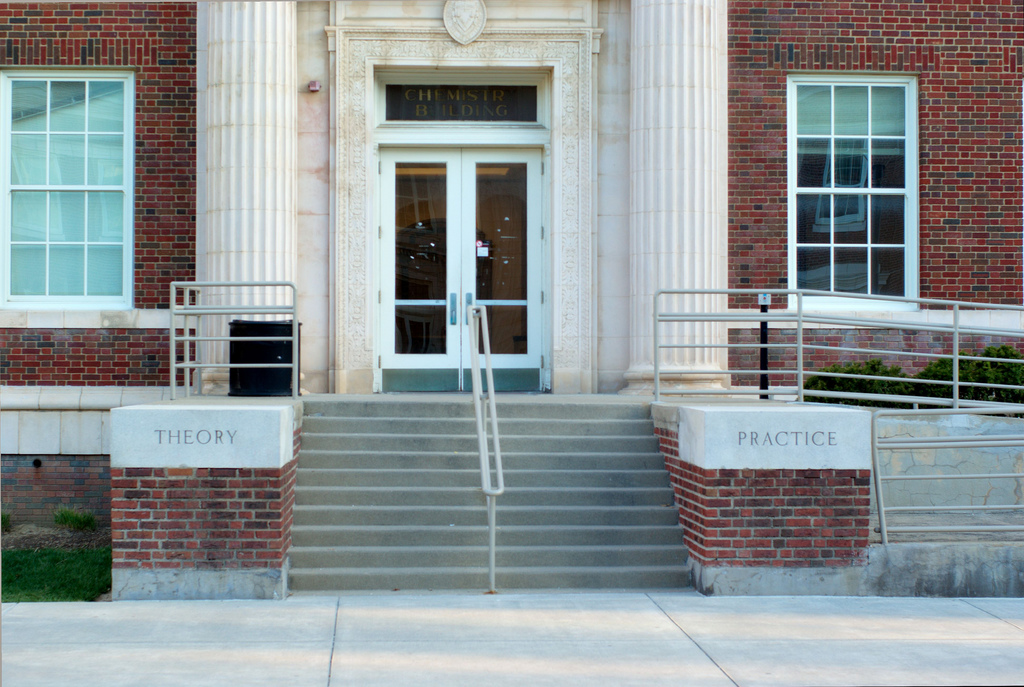Congratulations, graduates and guests. I realize that we’re in New England, where unbridled pride is often an unwelcome party guest, but today is one of those times to celebrate proudly, loudly, and without a hint of ambivalence, whether you or your graduate are the first or the fiftieth physician in your family.
Guests: I’m sure that you have attended many commencement ceremonies before, from preschool through baccalaureate. Let me assure you that this day is different. To use an SAT-style analogy, four years of medical school is to eight semesters of college the way that a 20-mile hike in the Mojave Desert dragging a steamer trunk filled with lead bricks is to a stroll on the beach at Malibu with a cooler of Coronas. They share nothing but sand. To put it mildly, acceptance at and completion of, medical school is an achievement sui generis—one of a kind.
Congratulations to all of you. And if the pride thing is tough for you, how about gratitude? Graduates: if you haven’t already done so, it’s not too late to thank your family, loved ones, friends, and teachers for their support along the way. You each have elementary and high school teachers, and college and medical school professors who would cherish learning how they affected your life. So you are hereby encouraged to message them right now and for the remainder of these remarks. Really.
In that spirit of gratitude, thanks to Dean Compton for the invitation to speak today. Perhaps many of you are wondering why he did so, as am I. Seriously, I believe this invitation originated more than 9 years—and a few Deans—ago, when I called Steve Spielberg and David Nierenberg to see if Dartmouth might be interested in sending a few students to do clerkships at California Pacific Medical Center (CPMC) in San Francisco.
Little did I expect how quickly we would proceed and how strongly the relationship would grow, to the point that several hundred women and men of DMS have chosen—for reasons that remain a bit obscure—to forsake New Hampshire’s lovely winters and delightful mud seasons to spend a few months training with us.
Faculty: thank you for sharing your wonderful students with us. We enjoy seeing their greenpatched white coats roaming our halls and being challenged by their inquisitive minds and their upto-date knowledge. And, yes, that was a bad pun.
Graduates—fellow doctors: You have passed through intellectual, physical, emotional, and often financial challenges to get to this day. Now what? I have no idea. I never imagined that someday I would be delivering a commencement address as the CEO of a hospital. When I graduated from medical school, the thought of wearing a suit and tie gave me the heebie-jeebies.
Then again, I never imagined when I moved to San Francisco 40 years ago to go to medical school, that I’d spend the rest of my life there. Like the man says, “Stuff happens, most of which has now faded pleasantly into a soft, fragrant breeze on a warm June day.”
For example, as an internist, I’m pretty sure I made some difficult diagnoses in my career. Like all of you, I answered—I hope correctly—thousands of questions on hundreds of exams. I’ve written elaborate histories and physicals, formulated complex differential diagnoses, and dictated detailed procedure notes. Honestly, I cannot remember much about any of these.
But I do clearly remember a patient I sent home from the ED—to “protect” my friends on the admitting team upstairs and to cement my reputation as a “wall”—who should have been admitted. I remember a colleague pointing out gently that I had missed a grossly enlarged bladder in a man with incontinence.
I recall the day that a chief resident showed me a medical record in which I had pretentiously written that the EKG had no Osborn waves—so when the patient returned a few days later, having swallowed yet another tricyclic overdose, his paper chart still in the limbo of medical records, there was no comparison for his now-abnormal QT interval. But as far as I know, these—and countless other— mistakes that I made have remained secrets, so no one but me learned from them.
I remember the first time a manuscript that I had written was accepted for publication—albeit in an obscure journal that is long out of print. Of course there have also been rejections TNTC (too numerous to count). As well as a stern letter from the editors of the Annals of Internal Medicine warning me about salami science. And tersely dismissive grant reviews from study sections that led me to question whether academics and I were meant for each other. I surely didn’t realize that all of this lied ahead.
Most of all, I never expected to perform chest compressions on my dad on the airport floor in baggage claim in San Francisco, after he collapsed in front of me as if his bones had liquefied. So a welcoming son became an ER doc: I got down on my knees and pumped and breathed for 20 eternal minutes while waiting for the paramedics.
For sure, I didn’t expect that he would live happily for another 9 years, my first and thus far only successful out-of-hospital cardiac resuscitation. Those skills you have been taught will someday come in handy.
What have I learned from all of this? More importantly, what have I learned that might be worth sharing with you?
Be transparent. Admit and learn from your mistakes. Help keep others from making the same ones. Become the first generation of doctors to understand that an error disclosed once can become an error prevented forever.
Keep calm and carry on. Winter is coming. This next one may be the longest winter of your life, oh interns-to-be. During those shorter and darker days, when you may question why you chose medicine over law or business or who-knowswhat, try to fall back on your hard-earned and privileged place: that as a result of the choices you have made and the work you have done, you understand how we humans function. What happens to the food we eat, how we process the sounds we hear and the sights we see, how we extract oxygen from the air we breathe and pulse it to our fingers and toes…even what love might be. This knowledge is yours forever, and I promise that it can sustain you during long dark nights if you let it.
OK. This has been a lot, especially for those of you who accepted permission to text your gratitude. So if you haven’t been following closely, please remember one piece of advice from a guy with grey hair: Become better at paying attention. Our biggest enemy is going on auto-pilot. Pay more attention to your patient’s eyes than to the iPatient—you know, the one who lives in the electric health record and who now receives all too much of our consideration. Real patients have beating hearts and minds filled with doubts and concerns.
Peel back the dressing to examine the wound—that advice applies whether you’re going into surgery or psychiatry. As clinicians, people— strangers—will open their hearts to you, especially if you ask them to. And sometimes, all you need to say are those three magical words, “Hi. I’m Dr. Geisel.”
Be open to your patient’s vulnerability. Ask if something worries them. What you know to be a benign sebaceous cyst a patient might see as an incipient melanoma. Your reflux might be their heart attack.
Take the time to sit down. In a chair. Or on the side of the bed. I guarantee that the few extra seconds that it takes will improve your interactions with patients and enrich your experience.
Use your stethoscope to listen for the Rice Krispies Kids. You know, the ones that go snap, crackle, and pop. They can be found in the thorax and abdomen—but only if you are paying attention.
This same recommendation about paying attention applies to your loved ones. As physicians, we often rush around like acephalic poultry, and we too easily come to believe that our free time is too rare to share. Rather, it’s too precious not to.
And perhaps you too will have an experience like mine. When my dad—remember him?— was finally able to talk the day after his cardiac arrest, he was told what had happened on the airport floor. He smiled at me and made the inevitable parental joke: “Son, I’m sure glad you didn’t listen to me and go to law school.” So am I, and doctors, so are all of you, I hope.
Congratulations again! Go forth to breathe deeply and knowledgeably from the air we share with all of humanity, past, present, and future.
Warren S. Browner, MD, MPH
Dartmouth’s Geisel School of Medicine Commencement Address
Warren S. Browner, MD, MPH is Chief Executive Officer of California Pacific Medical Center. A board-certified internist, Dr. Browner is a Senior Scientist in the CPMC Research Institute; Clinical Professor of Medicine, Geisel School of Medicine at Dartmouth College; and Professor (adjunct) of Epidemiology & Biostatistics at University of California, San Francisco. Prior to joining CPMC in 2000, Dr. Browner was on the full-time faculty at UCSF for 15 years, serving as Chief of General Internal Medicine and Acting Chief of the Medical Service at the San Francisco VA Medical Center. He has served as Executive Editor of the American Journal of Medicine for seven years. He has been a member of Federal panels for the National Institutes of Health, the Department of Veterans Affairs, and the Food and Drug Administration. Dr. Browner received a B.A. from Harvard College in 1975; an M.D. from UCSF in 1979; a Master’s degree in Public Health (M.P.H.) in Epidemiology from UC Berkeley in 1983; and completed a residency in internal medicine and a fellowship in clinical epidemiology at UCSF.
The Medical Commencement Archive Volume 3, 2016
